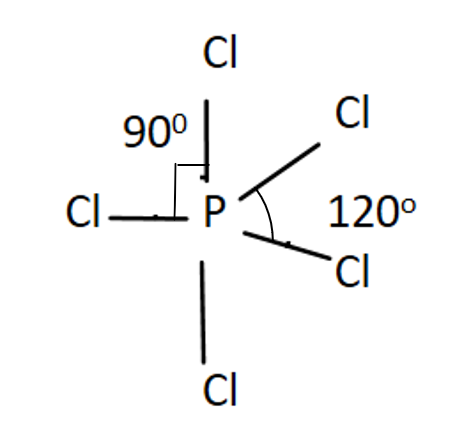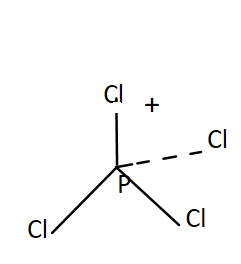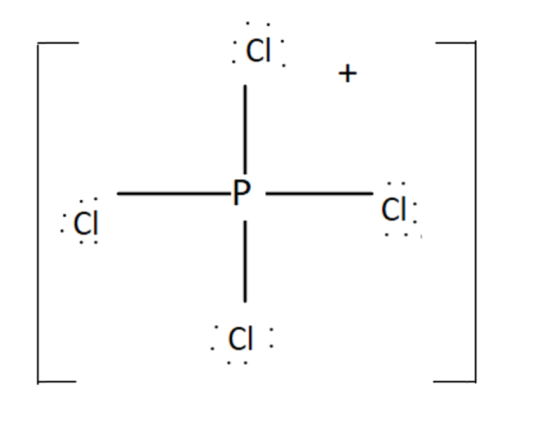
Total right angles
a)
b)
c)
d)
Answer
486.9k+ views
Hint:When two lines are perpendicular to each other or intersect each other at
Complete step by step answer:
Total electrons
Now Phosphorous is going to be in center as it can hold a lot of bonds.

Five P-Cl bonds are formed.
There are
Other
So now there are
Total valence electrons
 OR
OR

It has
For
Structure for

Hence we can see from the shape there is no right angle present between
So correct option is C
Note: As we all know that bond angles are the geometric angles between two adjacent bonds. The molecular structure and the bond angles are dependent on each other. The atoms except the central atom of molecule adjust themselves in such a way so that they can feel less repulsion from each other and to do so they acquire maximum bond angles as much as possible.
Complete step by step answer:
Total electrons
Now Phosphorous is going to be in center as it can hold a lot of bonds.

Five P-Cl bonds are formed.
There are
Other
So now there are
Total valence electrons


It has
For
Structure for

Hence we can see from the shape there is no right angle present between
So correct option is C
Note: As we all know that bond angles are the geometric angles between two adjacent bonds. The molecular structure and the bond angles are dependent on each other. The atoms except the central atom of molecule adjust themselves in such a way so that they can feel less repulsion from each other and to do so they acquire maximum bond angles as much as possible.
Recently Updated Pages
Master Class 4 Maths: Engaging Questions & Answers for Success

Master Class 4 English: Engaging Questions & Answers for Success

Master Class 4 Science: Engaging Questions & Answers for Success

Class 4 Question and Answer - Your Ultimate Solutions Guide

Master Class 11 Economics: Engaging Questions & Answers for Success

Master Class 11 Business Studies: Engaging Questions & Answers for Success

Trending doubts
Give 10 examples of unisexual and bisexual flowers

Draw a labelled sketch of the human eye class 12 physics CBSE

Differentiate between homogeneous and heterogeneous class 12 chemistry CBSE

a Tabulate the differences in the characteristics of class 12 chemistry CBSE

Why is the cell called the structural and functional class 12 biology CBSE

Differentiate between insitu conservation and exsitu class 12 biology CBSE




